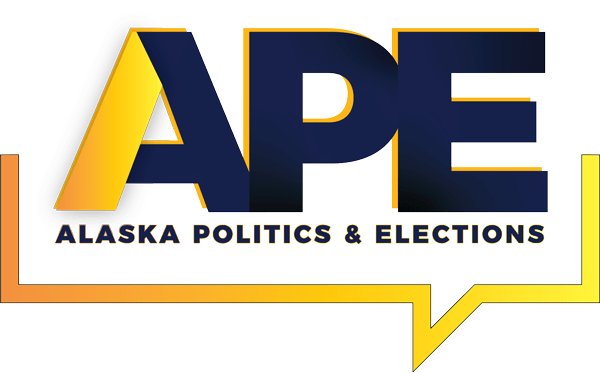One of the things that you have to do when carving out a niche market is do something that nobody else is doing. In the salmon world, the big suppliers dominating the current marketplace are fish farming operations in Chile, Scandinavia and Canada. They grow and sell over 70% of all salmon sold worldwide today. Commercial fishermen sell the other 30%.
As the commercial fishermen are unable to catch salmon year round, sell them year round, and do it all for prices competitive with the fish farmers, what do they do?
They carve out a niche market selling natural fish, wild fish, organic fish, all caught and processed in an organic, sustainable way. It is those last pair of words that carry the most weight in the discussion.
Commercial fishermen targeting the early Copper River sockeye run have carved out a nice niche market in Seattle selling Copper River Reds. Cook Inlet commercial fishermen are trying to do the same thing with Kenai and Kasilof second run reds.
That’s all well and good, as the reds are most certainly wild, organic and natural. But is the management of this fishery sustainable – the Holy Grail of environmentalists and those who have adopted the organic worldview? Indeed, environmental sustainability is defined in the Financial Times Lexicon as the following:
A state in which the demands placed on the environment can be met without reducing its capacity to allow all people to live well, now and in the future.
So the big question is: Is the existing commercial fishery in Upper Cook Inlet as currently managed environmentally sustainable?
For a lot of us who spend the summer chasing silvers, kings, chum and pinks in various streams around the Upper Inlet, that answer would be no over the last decade.
Better yet, we even have a real live, honest to God endangered species, the Cook Inlet beluga, whose food source is scoured from the Inlet in July and no longer available for foraging in August and September. For some reason, their numbers have not recovered over the last 20 years. Could the availability of food for two months be a contributing factor?
ADF&G maintains a list of “Fish Stocks of Concern.” These are returns into various streams that are defined as “a concern arising from a chronic inability, despite the use of specific management measures, to maintain escapements for a stock above a sustained escapement” for conservation concern. Yield concern is defined as “a concern arising from a chronic inability, despite the use of specific management measures, to maintain specific yields, or harvestable surpluses, above a stock’s escapement needs.” http://www.adfg.alaska.gov/index.cfm?adfg=specialstatus.akfishstocks
Today, ADF&G lists the following runs in Upper Cook Inlet as Stocks of Concern:
- Susitna (Yetna) Sockeye
- Chuitna River Chinook
- Theodore River Chinook
- Lewis River Chinook
- Alexander Creek Chinook
- Willow Creek Chinook
- Goose Creek Chinook
- Sheep Creek Chinook
Add to that the continuing concern and action to resurrect chinook (king) runs in the Kenai River over the last decade.
Silver fishermen in the MatSu, Anchorage Bowl, Turnagain Arm, and Whittier have been complaining about poor to awful silver returns for nearly a decade. Even the stocked silver return to Seward last summer was awful. While I don’t argue that it is highly likely that something has happened in the ocean that has impacted coho survivability, you hardly address that problem by leaving the commercial nets in the water longer during the summer.
There are hundreds of streams in Upper Cook Inlet that see salmon returns. ADF&G only monitors a few of them and those generally for only sockeye, chinook and coho. Do the other two species not have value to those of us who are not commercial fishermen?
Cook Inlet commercial fishermen systematically vacuum every single fish they come across when the nets are out. Those that are not the primary target – second run sockeye – are referred to as “bycatch.” They average about 20% of the yearly reported catch. And when they don’t make enough money in a season, they go to the Board of Fish with demands for even more fish so they can meet their financial obligations. This year the Board of Fish agreed with those demands as evidenced by lowering the escapement upper limit for the second run of Kenai reds.
So the answer to the question about sustainability of the Upper Cook Inlet fishery is no, no it is not environmentally sustainable.
Perhaps it is time that their buyers found that out.
Alex Gimarc lives in Anchorage since retiring from the military in 1997. His interests include science and technology, environment, energy, economics, military affairs, fishing and disabilities policies. His weekly column “Interesting Items” is a summary of news stories with substantive Alaska-themed topics. He is a small business owner and Information Technology professional.












